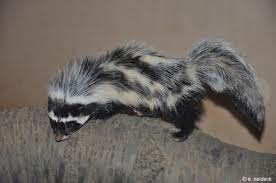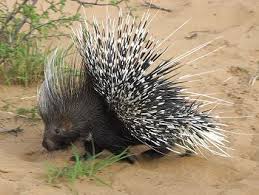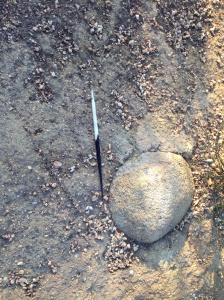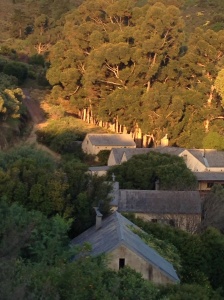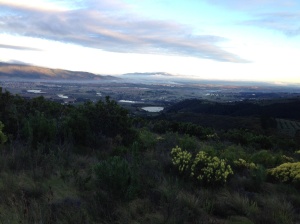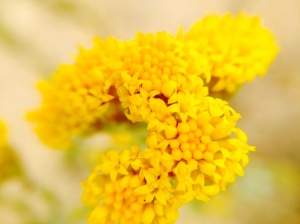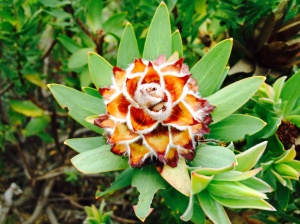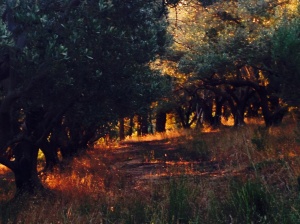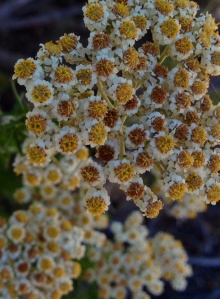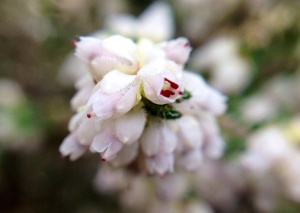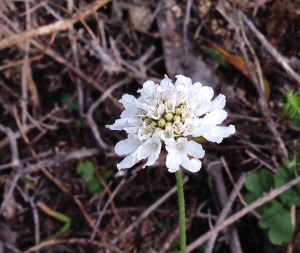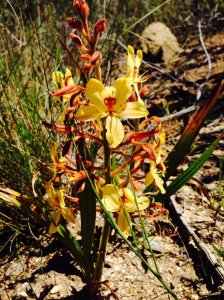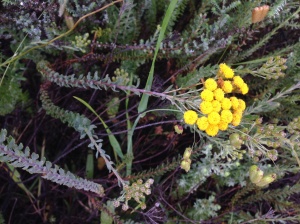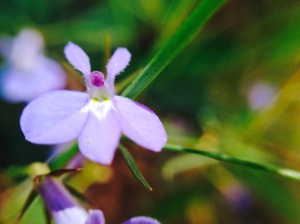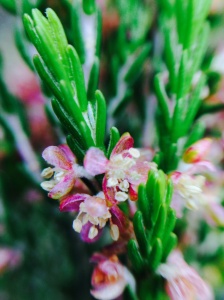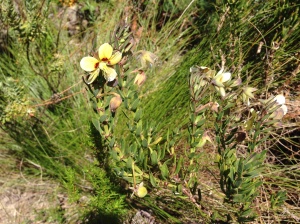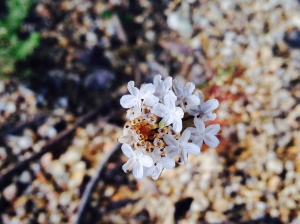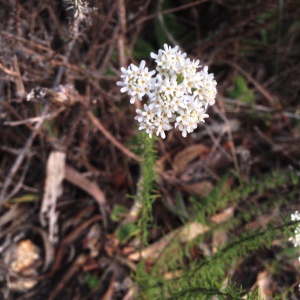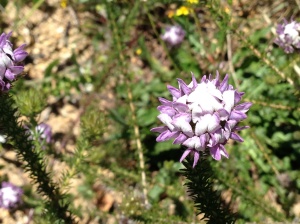The Polecat and the Porcupine
We were having dinner with my stepdaughter Robyn in Johannesburg earlier this week and she said “we can always tell when you are busy, Sarah, because you don’t write your blog.” She’s right, it’s been a busy few weeks. The runs continue but the blog has been neglected as I’ve travelled all over the place, and now a ton of reports need writing and people, horses and dogs have taken priority over the calm pursuit of blog writing. So this blog is a bit of a mixed one, with several runs and bits of farm life all mixed up.
We share the mountain with many creatures that we never see, none more nocturnal and furtive than the African Striped Polecat. Sadly we met one the other day, sad because she was deceased, Peter found her on the road and brought him home for a respectable burial. I didn’t have the heart to take a photo of her, so I have taken this one from google images, with apologies to the photographer for the lack of a credit. Of interest is that of all mammals, this is the stinkiest, stinkier even than a skunk. Perhaps it’s a good thing that they are secretive and nocturnal.
We saw evidence as we ran up the mountain a week or so ago of another, less rare, nocturnal resident: a porcupine quill on the road. We quite often see the quills, and very occassionally the porcupines themselves and we love to think of them, snuffling around in the dark, happily digging up fynbos bulbs, of which we have plenty on the mountain. Apparently this is the biggest porcupine in the world. The photo of the quill is mine, the one of the porcupine also downloaded from google images.
The weather has been all over the place in the last few weeks. We’ve had a wet but mild winter so far and now, suddenly, the temperature has dropped. The water has been magnificent – as you can see from this photo: the mountain in the background is the Paarderberg and the full dams and the Berg River gleam in the last light of the setting sun.
On the same evening I went deeper into the thick fynbos above the house to see if there was anything new or exciting flowering There was but I need to do a bit of research before I post it. Meanwhile I took this charming evening view of the farm buildings.
Another evening found us higher up the moutain and Jemima Chew is clearly enjoying being out on the mountain.
Runs have also been early in the day when the light is poor, or at sunset. I love how the Leucodendrum salignum glows in the gloom, a yellow-lime green colour, they shine on the mountain when nothing else stands out.
And the magnificant King Protea, Protea cynaroides, is in flower at the moment. This is the South African national flower.
At the top of the farm, close to where we found the Gladiolus watsonius, is a flowering white shrub. It looks like a Selago, but not any of the ones I find in my book, so identification is uncertain.
Finally a morning shot – with the Leucodendron salignum luminescent in the foreground, Paarl Mountain with the morning sun on it in the mid-distance and the Paaderberg in the background, covered in cloud. This is a magical time of year in this part of the world, the soaking rain promises a great spring flowering season and good crops for us on the farm. The light is magnificant, the days are getting longer and spring is getting closer.

